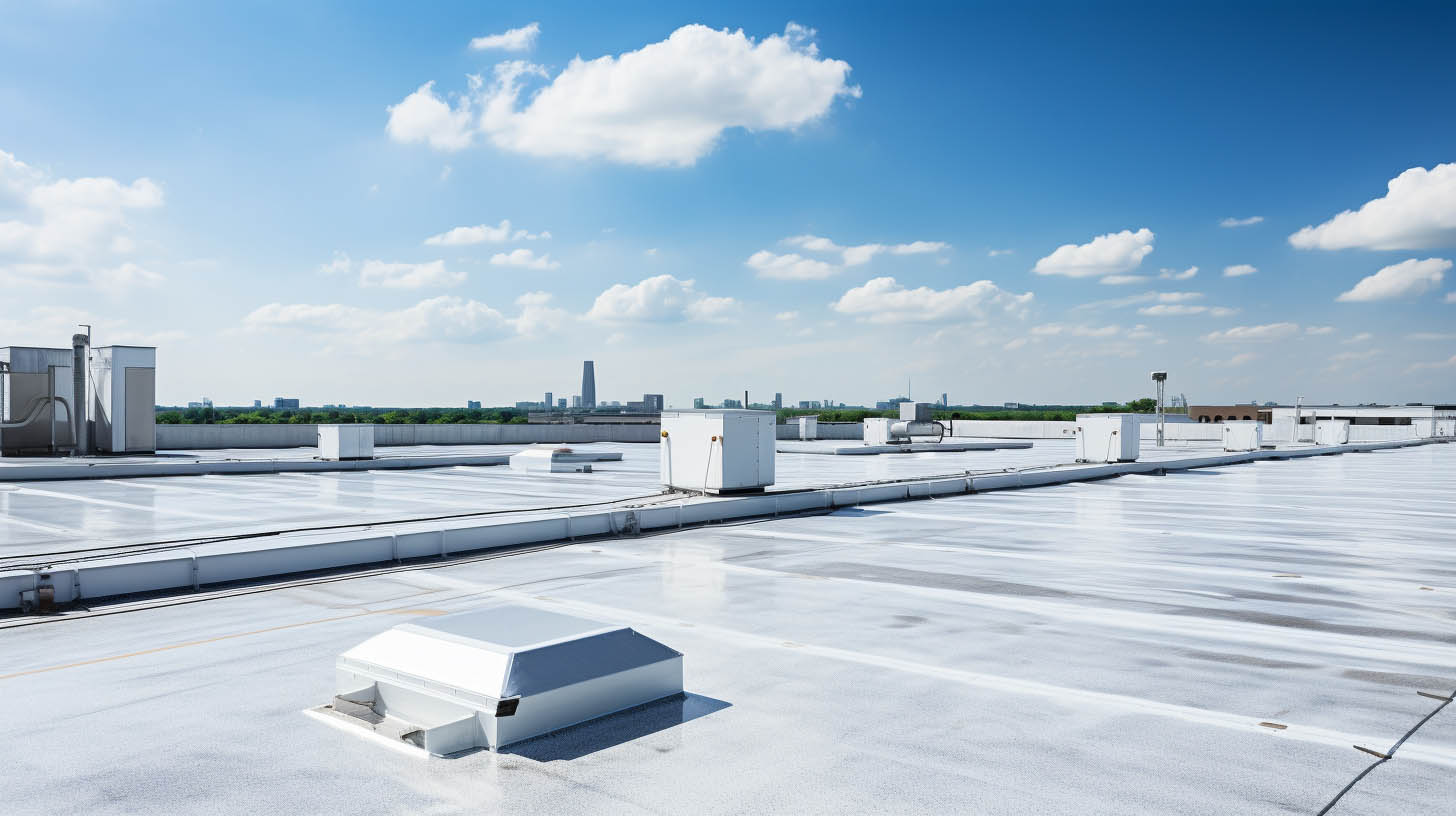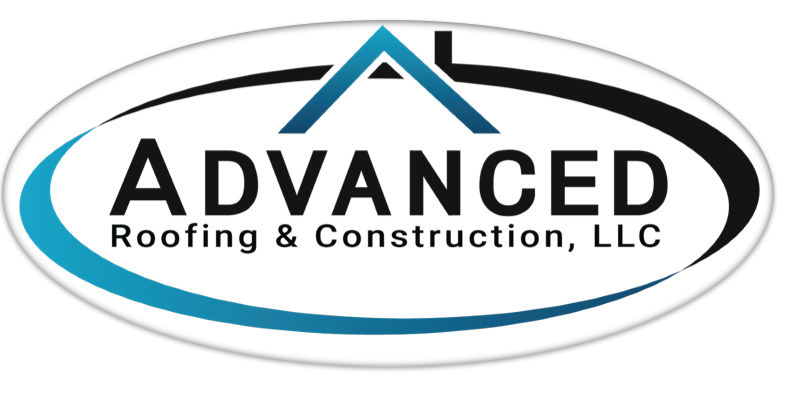
Commercial flat roofs are a critical component of many buildings, offering a unique combination of functionality and design. However, one of the most important considerations for these structures is their weight-bearing capacity. This capacity is crucial for ensuring the safety and integrity of the building, especially when it comes to supporting additional equipment or structures.
The Basics of Weight Capacity on Commercial Flat Roofs
A commercial flat roof must be designed to handle various types of loads. These include live loads (like maintenance workers or temporary equipment), dead loads (permanent fixtures like HVAC units), and environmental loads (such as snow accumulation). The minimum standard for these roofs is to support a concentrated load of 135KG in a 75cm x 75cm area. This means that any single point on the roof should be able to hold this weight without structural compromise.
Advanced Considerations for Enhanced Load-Bearing
For buildings with specialized requirements, such as those needing to support a helipad, the weight capacity requirements are significantly higher. In such cases, the roof must be able to support a concentrated live load of 1360KG over a small area. This level of support requires advanced engineering and materials to ensure safety and compliance with building codes.
Live Loads: Temporary but Significant
Live loads are variable and can change over time. They include anything that is not permanently attached to the roof but may be present at any given time, like maintenance equipment, temporary structures, or even people. It’s crucial for a commercial flat roof to be designed with a margin of safety to accommodate these unpredictable loads.
Dead Loads: The Permanent Factors
Dead loads consist of the permanent elements of the roof structure itself, including the roofing material and any fixed equipment. In the case of commercial flat roofs, this often includes heavy HVAC units or other mechanical systems. These loads are constant and must be factored into the overall design from the outset.
Environmental Loads: Nature’s Challenge
Environmental loads, particularly in areas prone to heavy snowfall, can significantly impact the weight capacity of a flat roof. Snow accumulation can add a substantial amount of weight in a short period, necessitating robust design and construction to prevent structural failure.
Residential Roof Considerations
While commercial roofs have their specific requirements, residential roofs also have weight capacity considerations. The minimum requirement for these roofs is to support 10KG per square foot, but this can increase depending on the roof’s intended use, such as supporting a home garden, which may require a capacity of 45KG per square foot.
Advanced Roofing & Construction, LLC: Your Partner in Roofing Excellence
At Advanced Roofing & Construction, LLC, we understand the complexities and requirements of commercial flat roofs. Whether it’s for standard use or specialized applications like helipads, our team of experts in roofing in Huntsville, AL, is equipped to design and construct roofs that not only meet but exceed the necessary weight capacity standards.
Conclusion
The weight capacity of commercial flat roofs is a vital aspect of building design and safety. Understanding and accommodating the various types of loads these roofs must bear is crucial for the longevity and integrity of the structure. With the expertise of roofing contractors in Huntsville AL, like Advanced Roofing & Construction, LLC, you can ensure that your commercial flat roof is built to the highest standards, ready to withstand the demands placed upon it.



